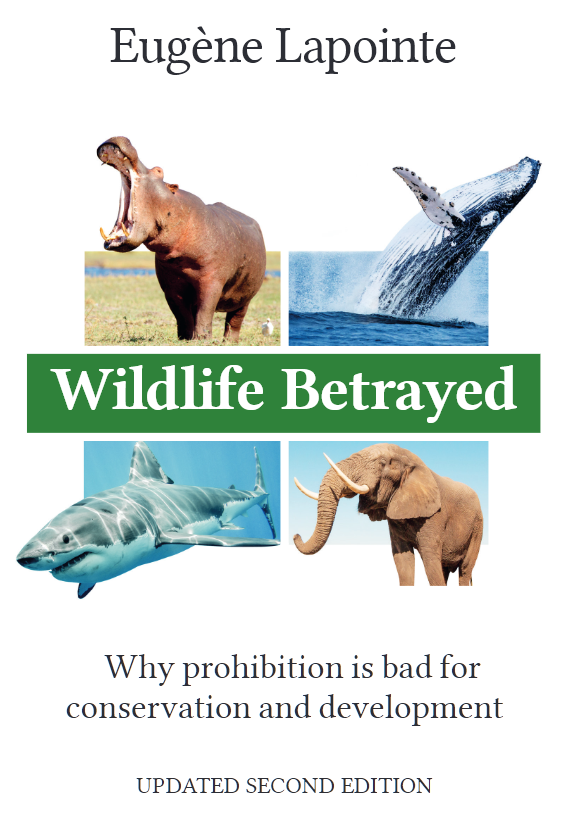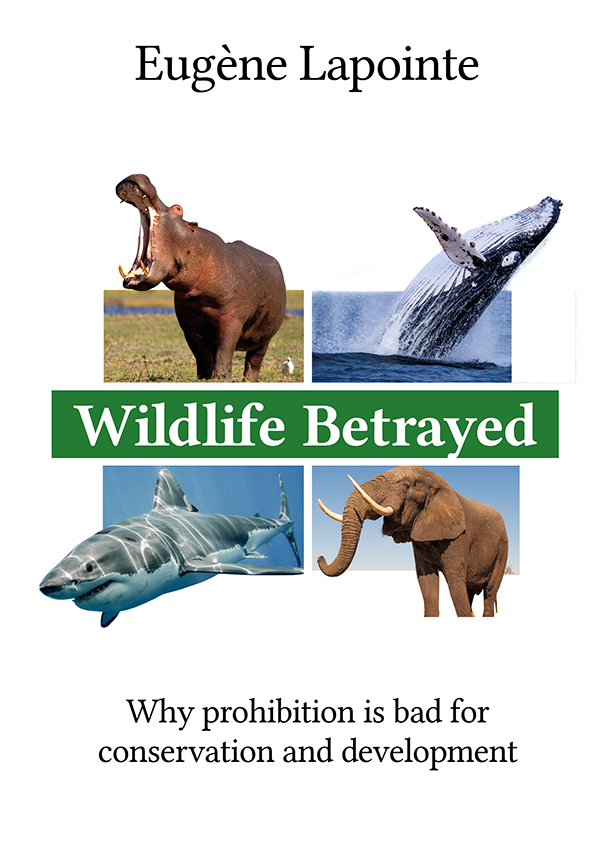It was agreed at the Rio Earth Summit (1992) that in the absence of conclusive evidence to support a new environmental regulation, it could go ahead on the basis that it gave the environment the benefit of the doubt. It being ‘better to be safe than sorry’.
This was the Precautionary Principle, which was originally proposed (in its earliest German usage) as having checks and balances. The UN, to its credit, usefully conditioned the principle with talk of what nations could manage to do, not least consider- ing cost-effectiveness.44
But the precautionary principle is wheeled out as a ‘Get Out of Jail’ card which allows prohibitionists to win their case, however weak it is and however bad its consequences. In other words, a lack of information is now being incorrectly used to justify the preferred recommendations of campaigners. Heads I win, tails you lose.
NGOs and compliant Parties are already abusing the precautionary principle in preparation for CoP19 in Panama in November 2022. Their proposals, announced by the Secretariat in June 2022, have cited ‘Criterion A in Annex 2b of Resolution Conf. 9.24 (Rev. CoP17)’ to list yet more sharks and rosewoods. This criterion (in accordance with Article II, paragraph 2a (B) of the Convention) refers to the ‘look-alike principle’ which ‘justifies’ a listing even if a species is not endangered or in instances in which there is no definitive evidence even that it might be endangered by trade in the future. This flexible, convenient precautionary principle is exploited serially whenever there’s scientific uncertainty regard- ing the status of a species or the impact of trade on the conservation of a species (See also our Case Study on Rainforests and Rosewoods). Israel used this specious line of reasoning at CITES CoP18 to call for the listing of the long dead mammoth species because its ivory still gets traded. For CoP19 the look-alike principle is being called upon on a grand scale.4546
For instance, CoP19 Proposal 37 calls for the listing of 19 Requiem sharks as well as 35 to 40 look-alike species in appendix II. This unprecedented bundling of up to 59 sharks is being ‘justified’ because it supposedly accords with Article II, paragraph 2(a) of the Convention, aka the precautionary principle, and satisfies criteria A and B in Annex 2a of CITES Resolution Conf. 9.24 (Rev. CoP17), which is an extension of CITES’ precautionary principle. On similar grounds the Listocrats also propose to list six species of Guitarfish rays (Rhinobatidae) plus 37 supposed lookalikes in appendix II. Like many of the previously proposed shark listings, these proposals are–as I write–being opposed vigorously by FAO and RFMO experts.47
Their expert-led push back arises because for two successive CoPs, Parties and NGOs have rooted their arguments in Article II, paragraph 2a (B), precisely because they lacked convincing scientific evidence in support of their call to put them in the appendices. But, also, the ‘catch all’ look-alike lists of sharks proposed for listing at CoP19 far outnumber the target species supposedly affected by trade. Such proposals, says the FAO, ‘take no account of practicality, costs and socioeconomic impact of implementing the listing and lookalike controls.’48Moreover, warns the FAO, the listing of so-called lookalike sharks (note: many are actually easily distinguishable in trade and can only be disingenuously described as being lookalike species.) of marginal merit, risks ‘eroding the general trust in the CITES process, especially if that socioeconomic disruption is for a species of good status that do not meet CITES criteria’.
Therein lies the rub. Even when CITES’ precautionary articles and annexes are cited to justify listing a species in the appendices, biological criteria that set the parameters of quantifiable decline rates over a specified period must still be proven to apply. That’s another challenge recent proposals to list sharks in the appendices have dodged. In short, much of the conflict between the FAO and CITES boils down to the fact that the former remains willing, unlike the NGOs influencing CITES’ CoPs, to respect the Convention.
To ward off FAO criticism about the NGOs’ abuse of science to secure shark listings at CoP18, the campaigners (especially ‘species conservation advocates’) published data–in the media in 2021, which ‘showed’ that mako (and other sharks) fulfilled the biological criteria for inclusion in Appendix II after all, on their own merit independent of the precautionary principle. It wasn’t fresh data. But a trawl of previous studies. One would have to be well versed in this stuff to spot that the FAO’s panel of experts had scrutinised all the studies cited by the NGOs–especially from the perspective of mako–and found them deficient in 2019 before CoP18.49
Yet, as we shall see, such tensions and collisions could still spark the positive reform of CITES and its workings that it sorely needs.
References
44 The Precautionary Principle is Number 15 of the Rio Declaration on Environment and Development. The drafting genius is seen in the diplomatic ‘according to their capabilities’ and ‘cost effective’. It states: “In order to protect the environment, the precautionary approach shall be widely applied by States according to their capabilities. Where there are threats of serious or irreversible damage, lack of full scientific certainty shall not be used as a reason for postponing cost-effective measures to prevent environmental degradation.” Rio, June 1992 http://www.cbd.int/doc/ref/rio-declaration.shtml
And:
This may be useful as a fairly standard formulation by a state which has to practice the Precautionary Principle but balance it with an eye to what is often called, ‘The Principle of proportionality’: https://consult.defra.gov.uk/ environmental-principles/draft-policy-statement/supporting_documents/ draftenvironmentalprinciplespolicystatement.pdf Accessed 25/06/2021
45 The cited precautionary principle criterion justification (Conf. 9.24 Rev. CoP17) for the proposed listing can be read here https://cites.org/sites/default/files/document/E-Res- 09-24-R17.pdf Accessed 01/07/2021
46 The proposal to list, among others, the grey reef and the dusky sharks, plus all other species in the family Carcharhinidae (requiem sharks) can be read here https:// cites.org/sites/default/files/eng/cop/19/prop/as_received/E-Carcharhinidae_spp.pdf Accessed 01/07/2022
47 See https://cites.org/sites/default/files/eng/cop/19/prop/as_received/E-Rhinobatidae_ spp.pdf and https://cites.org/sites/default/files/eng/cop/19/prop/as_received/E- Sphyrnidae_spp.pdf Accessed 01/07/2022
48 See Seventh FAO expert advisory panel for the assessment of proposals to amend appendices I and II of CITES concerning commercially-exploited aquatic species http://www.fao.org/fishery/en/cites-fisheries/expertadvisorypanel/en Accessed 23/08/2022
49 Vaughan, Adam, ‘Sharks at unprecedented risk of extinction after 71 per cent decline’, New Scientist, 27/01/21
https://www.newscientist.com/article/2265724-sharks-at-unprecedented-risk-of-extinction-after-71-per-cent-decline/ Accessed 25/06/2021
And:
Pacoureau, N, et al., ‘Half a century of global decline in oceanic sharks and rays’, Nature589, no. 7843 (January 2021): 567–71 https://doi.org/10.1038/s41586-020-03173-9 Accessed 25/06/2021


